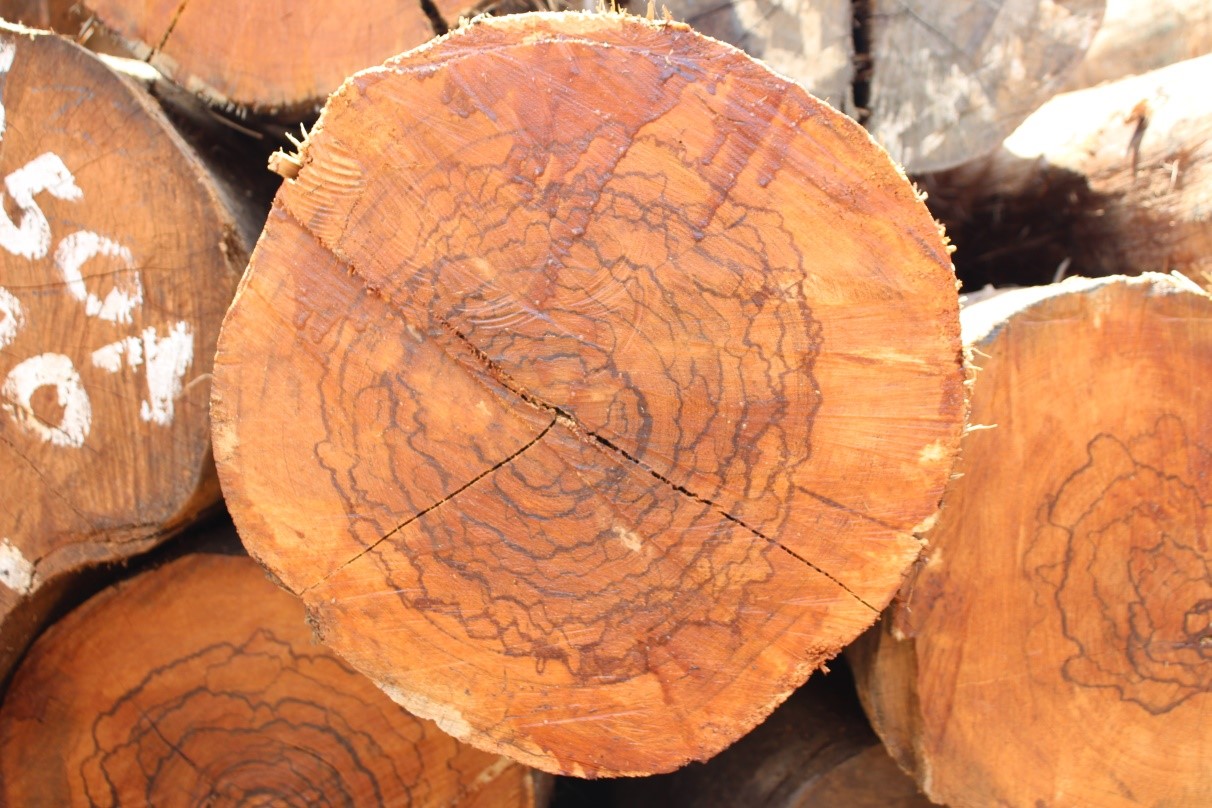Approximately 90% of Suriname’s total land area is classified as forest land (14.8 million ha) and this area has been categorized into three main types: hydrophytic forest (1.3 million ha), xerophytic forest (150 000 ha) and mesophytic forest (13.4 million ha).
Commercially the mesophytic forest is seen as the most valuable vegetation and the logging activities take place in the forest belt (ca. 4.5 million ha with a productive area of 2.5 million ha). This belt is delineated as the northern and easily accessible part of the country. Several inventories concluded an average net commercial volume of 22 to 30m³ per hectare has been found. The Surinamese forest is characterized by a relative high species richness and most of these wood species are used for commercial purposes.
Using the wide range of species aligns with what the forest can sustainably (continue to) produce and prevents making (known) species scarce. In addition to opportunities for the forest, it also means opportunities for the market and trade. This way lesser known timber species (LKTS) can be an excellent and cheaper alternative to known species that are becoming scarcer. After all, LKTS can occur in concessions in large numbers and are often underused.
With LKTS, concessionaries can obtain a higher felling efficiency per hectare, and spread the cost of certification across multiple types of wood, which leads to leveling the surcharge for certified timber. The use of these species therefore contributes to the economic sustainability of responsible forest management and thus to sustainable forest management in general.
As a frontrunner Tropical Hardwood Products Suriname is promoting sustainable timber procurement and supporter of sustainable forest management. Ultimate goal is to develop a strategy to internationally market the Surinamese LKTS.
